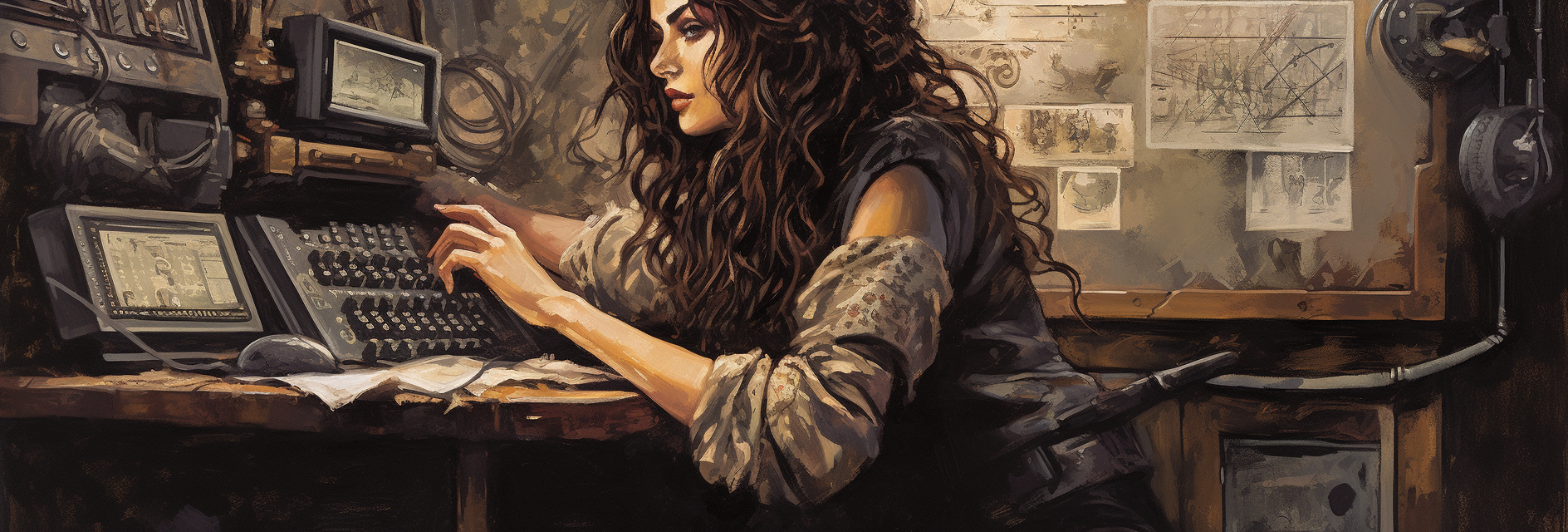Explanation of the @Qualifier annotation

Ahoy there, ye landlubbers! Welcome back to our pirate-themed instructional website. In this article, we’re going to be talking about the @Qualifier annotation in CDI, and how it can be used to define custom qualifiers.
CDI, or Contexts and Dependency Injection, is a powerful framework that allows you to easily manage dependencies in your application. With CDI, you can define beans that are managed by the container, and inject them into other beans as needed. However, sometimes you may have multiple beans of the same type, and you need a way to differentiate between them. This is where qualifiers come in.
How the @Qualifier annotation is used to define a custom qualifier
In CDI, a qualifier is a custom annotation that you can use to differentiate between beans of the same type. When you annotate a bean with a qualifier, you can then use that qualifier to specify which bean you want to inject.
To define a custom qualifier, you can use the @Qualifier annotation. This annotation is used to mark other annotations as qualifiers. For example, let’s say we have two beans of the same type, Weapon. One is a cutlass, and the other is a pistol. We can define two custom qualifiers, @Cutlass and @Pistol, like this:
@Qualifier
@Retention(RUNTIME)
@Target({METHOD, FIELD, PARAMETER, TYPE})
public @interface Cutlass {}
@Qualifier
@Retention(RUNTIME)
@Target({METHOD, FIELD, PARAMETER, TYPE})
public @interface Pistol {}
We use the @Qualifier annotation to mark our custom annotations as qualifiers. The @Retention(RUNTIME) annotation indicates that our custom qualifiers should be retained at runtime, and the @Target annotation specifies where our custom qualifiers can be used.
Once we have defined our custom qualifiers, we can then use them to differentiate between our Weapon beans. For example:
@Inject
@Cutlass
Weapon cutlass;
@Inject
@Pistol
Weapon pistol;
In this example, we are injecting the cutlass and pistol beans into our class, using the @Cutlass and @Pistol qualifiers to differentiate between them.
Using custom qualifiers can be very useful when you have multiple beans of the same type, and you need a way to specify which one to inject. It’s also a great way to add more meaning to your code, and make it easier to understand.
That’s all for now, ye scallywags! We hope this article has helped you understand how the @Qualifier annotation can be used to define custom qualifiers in CDI. As always, happy coding!